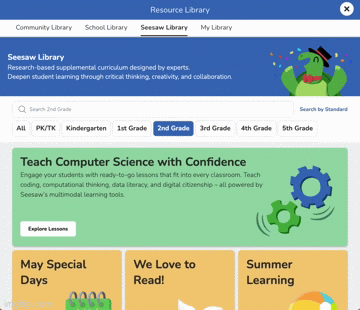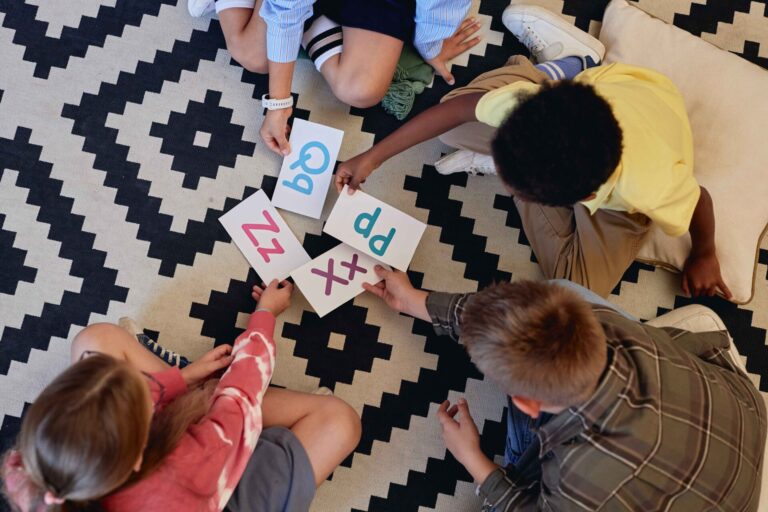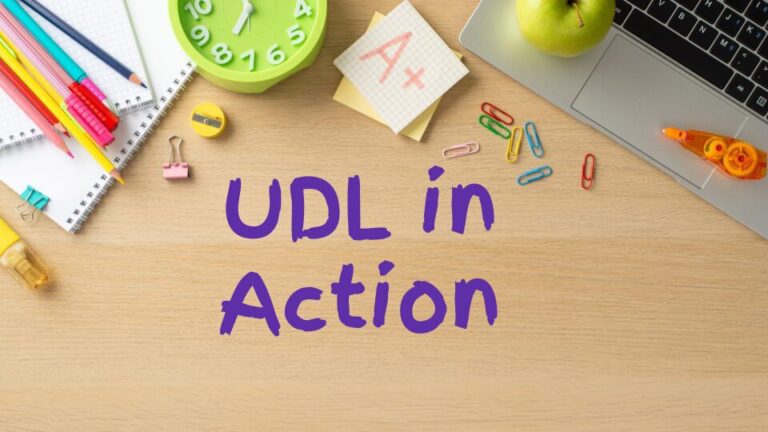It’s that time of year: a flurry of mixed emotions as we countdown to summer break. While we joyously celebrate our students’ academic, personal, and social growth, we begin to think about how summer break may affect these learning accomplishments. Before we dive into how to keep the learning momentum going, let’s look at what summer enrichment is and why it is important for all students.
What Is Summer Enrichment and Why Does It Matter
Summer enrichment is any opportunity that encourages students to engage in educational activities and learning outside of the classroom. These activities support students with practicing skills learned during the school year, thinking critically to solve problems, exploring topics of interest, and making connections to the world around them.
Many schools, public libraries, and parks offer programs or camps to assist with summer enrichment. These programs are a great opportunity for some students, but are not accessible for all. Engaging in educational activities during summer break helps students to keep academic skills polished, catch up on key skills, stay motivated, learn new skills, and build confidence. Summer learning is essential to ensure students return in the fall ready for new learning to begin.
Tips for Summer Enrichment
Summer learning can be flexible, fun, and done anywhere! Students just need opportunities to continue using their knowledge and practicing their skills. To begin, you can share this information and ideas with families and caregivers.
1. READ AND REPEAT!
Have students choose and set a summer reading goal of 15 – 30 minutes a day and stick to it. Encourage students to read what they want and in different locations. Public libraries can help give students access to a variety of reading materials and online resources. Students may also have access to Reading programs from school.
2. WRITE ABOUT IT!
Have students document their summer in a journal by writing and drawing. Encourage students to set aside journal time to write about whatever they want to share. This can be done daily or weekly.
3. ACT IT OUT!
Have students put on a play to act out a favorite scene from a book they read. Challenge students to make a poster for the show they are going to put on and discuss why they chose the scene they did.
4. BECOME A BOOK CRITIC!
Have students track the books they read over the summer by writing a book review. They can give the book a rating and share what they liked and didn’t like about it. For added fun, students can draw a new cover for the book!
5. TURN GROCERY SHOPPING INTO A MATH EXTRAVAGANZA!
Have students compare prices, find the best deals, total amounts, round prices, multiply quantities, and more. Encourage students to come up with their own math problems and observations.
6. FIND MATH IN NATURE!
Have students go on a nature walk to compare and contrast objects, classify objects, estimate quantities, or measure objects. Encourage students to set aside outdoor exploration time to be done daily.
7. GAME TIME!
Have students play card games and board games. Encourage students to play games that use logic and reasoning. For an extra challenge, have students create their own games!
8. ARTS AND CRAFTS!
Have students create a sidewalk chalk mural, construct a nature collage, build a milk carton bird feeder, put together a scrapbook of their summer, and much more! Encourage students to get creative and express themselves in different ways.
9. PLAY A SPORT!
Have students choose some form of physical activity every day. Encourage students to complete the activity with others. They can learn how to play a new sport or make up their own.
10. COOK OR BAKE TOGETHER!
Have students be your assistant in the kitchen as they read the recipe, gather the ingredients, practice measuring ingredients, and follow directions to help complete it. Encourage students to talk about the different steps as they complete them.
BONUS: Have students choose from the activities shared and come up with their own ideas to make a summer calendar.
Turn it into a summer learning challenge!

Ready To Go Resources
The Seesaw Library has ready-to-go content for summer learning that encourages choice, fun, and flexibility! Many lessons are available in both English and Spanish.
-
In Building to Kindergarten, students have access to 8 weeks of activities to talk, listen, play, act, draw, and build as they practice essential skills to prepare for transitioning to kindergarten.
-
In K – 5 Summer Learning, students have access to 8 weeks of activities to complete a variety of fun interconnected projects that encourage creativity and exploration while helping them keep their reading, writing, and math skills fresh. Students learn new vocabulary, read or listen to stories, create their own videos to make connections, write and draw to share ideas, complete STEAM challenges, and reflect with family members.
-
In Math Skills Games, students use logic and reasoning to practice fundamental math skills as they play with cards or dice.
-
In Fiction Books, students can read or listen to exciting stories about diverse characters and their experiences.
-
In Nonfiction Books, students can read non-fiction texts with various text features to learn about people, places, events, and history.
Time to bring on summer learning that is
fun, engaging and student centered!
Sources:
Peterson, T. K. (2013). Expanding Minds and Opportunities: Leveraging the Power of Afterschool and Summer Learning for Student Success. Collaborative Communications Group.
Sloan McCombs, J., Augustine C., Schwartz, H., Bodilly, S., Mcinnis, B., Lichter, D., Brown Cross, A. (2011). Making Summer Learning Count How Summer Programs Can Boost Children’s Learning. RAND Cooperation.

 In
In 

